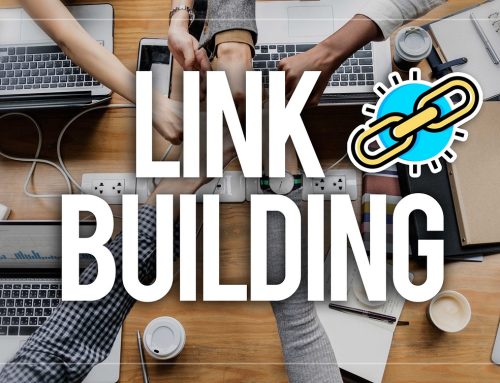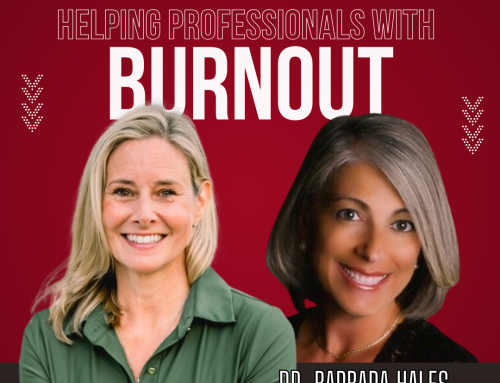Greater public awareness of alternative therapies is causing a significant growth in patients seeking these treatments, including acupuncture and Oriental medicine. An additional stimulant to alternative therapy is a shortage of licensed doctors and a growing reputation.
Since alternative care practitioners have not been mandated to implement conversion to digital records which are online, those patients who would like to “fly under the radar” are given an additional incentive.
According to the National Institutes for Health, 8 professions comprise “Complementary and Alternative Medicine:
- Chiropractics
- Massage therapy
- Naturopathy
- Acupuncture
- Oriental medicine
- Homeopathy
- Yoga
- Ayurvedic medicine
Both Olsen and Donberg see their practices as integrating with standard western medicine, not as a replacement.
“We are often referred patients when standard medical care and medical imaging have been inconclusive,” adds Donberg, usually for very specific reasons such as pain, infertility, hormonal issues and insomnia.
“I’m not anti-M.D.,” says Olsen. “We’re both here for a reason.”
Katherine Roth M.D. has a particularly interesting perspective, as her TC practice bridges both traditional medicine and alternative therapies. People come, she says, “when traditional medicine hasn’t satisfied. Roth reports an increase in patients interested in diet and nutrition as a medicinal, therapeutic approach.
Since studies show that as much as 60% of chronic illness is associated with poor diet and poor health choices, by improving these and availing oneself of all options possible, health will not only improve but seeking good health will become a great passion.
Have you been using or recommending alternative care or complementary medicine? What results have you seen?
Comment below.



